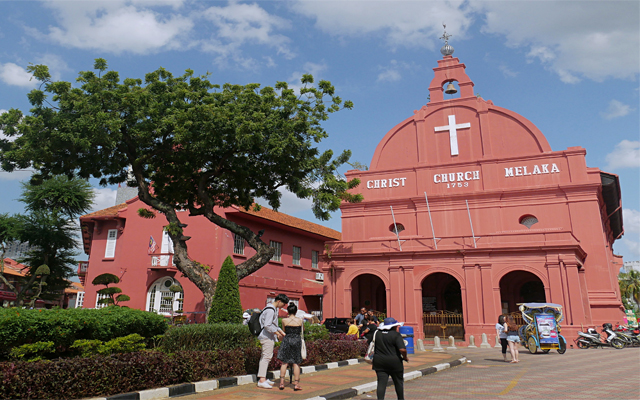Malaysia’s tourism authorities are banking on regional travel bubbles to kickstart tourism recovery post-Covid-19, as international travel from medium and longhaul markets will take a longer time to recover.
Speaking at an online forum hosted by the Federation of ASEAN Travel Associations (FATA) on the way forward for tourism in the region, Noor Zari Hamat, secretary general of the Ministry of Tourism, Arts and Culture Malaysia, shared that Malaysia has started bilateral talks with neighbouring countries to set up travel bubbles once their international borders reopen.

Noor said: “If the concept is successful, it can be replicated with similar arrangements with all ASEAN member states and other countries that are free from Covid-19.”
Malaysia is dependent on intra-ASEAN travel which made up 69 per cent of foreign arrivals to Malaysia last year. Intra-ASEAN travel is also important to the survival and sustainability of the region’s tourism industry. South-east Asia’s population of 622 million contributed more than 40 per cent to the total international tourists arrivals in the region last year.
Noor called on South-east Asian NTOs to strengthen partnership with the private sectors to stimulate tourism demand via strategic marketing and promotional efforts on digital platforms, while the relevant bodies work on developing the safety and health protocols for the post-pandemic period.
Fellow speaker, Benito Bengzon Jr, undersecretary for tourism development, Philippines Department of Tourism, shared that the agency is supportive of a unified move for the region-wide resumption of flights.
He noted that while the timeline for each country’s reopening of commercial travel will differ, the Philippines is already prepping for the rebound. “New normal protocols for airports, airlines, road transport companies and other service providers are already in place,” he said.
He also pointed out that at a special meeting of ASEAN tourism ministers on April 29, there was agreement to work together to stimulate tourism and build a resilient, sustainable and inclusive tourism model in the region.
Both Wachira Wichaiwatana, vice president of Thailand Travel Agents Association, and Nunung Rusmiati, president of the Association of the Indonesian Tours and Travel Agencies (ASITA), shared the view that intra-ASEAN travel will recover before international travel from medium and longhaul destinations.
Nunung added that short-haul destinations, private tours and open-air activities away from crowds are preferred by Indonesian travellers, based on a survey ASITA had conducted.
Ritchie Tuano, secretary-general at FATA, shared that post-Covid-19 will see more FIT movements or small groups of friends and families travelling together, as opposed to a bus load of travellers.
But for now, domestic travel reigns supreme as borders remain closed in most South-east Asian countries. Thus, he urged industry players and NTOs to work together to rebuild travel confidence for people to travel domestically first, ahead of the reopening of the region’s borders.
FATA president, Tan Kok Liang, who is also president of the Malaysian Association of Tour and Travel Agents, said: “Strict physical distancing measures, temperature checks and disinfection and sanitation procedures are among the protocols that are obligatory and will rebuild travellers’ confidence. (Our members) are also limiting risks through the extensive use of QR codes and contactless travel approaches where possible.”




















